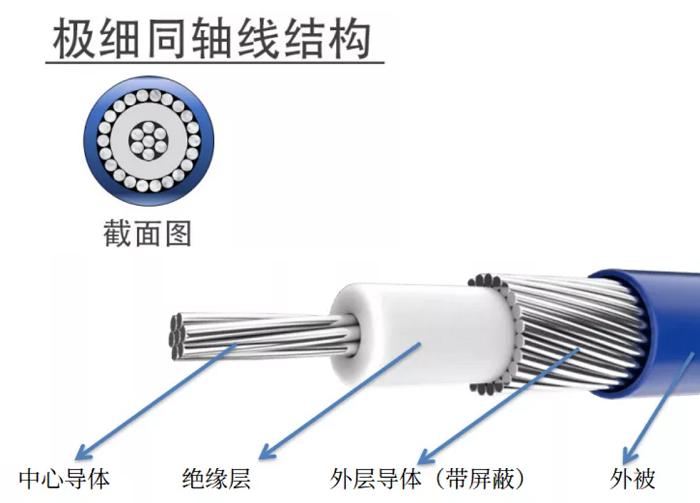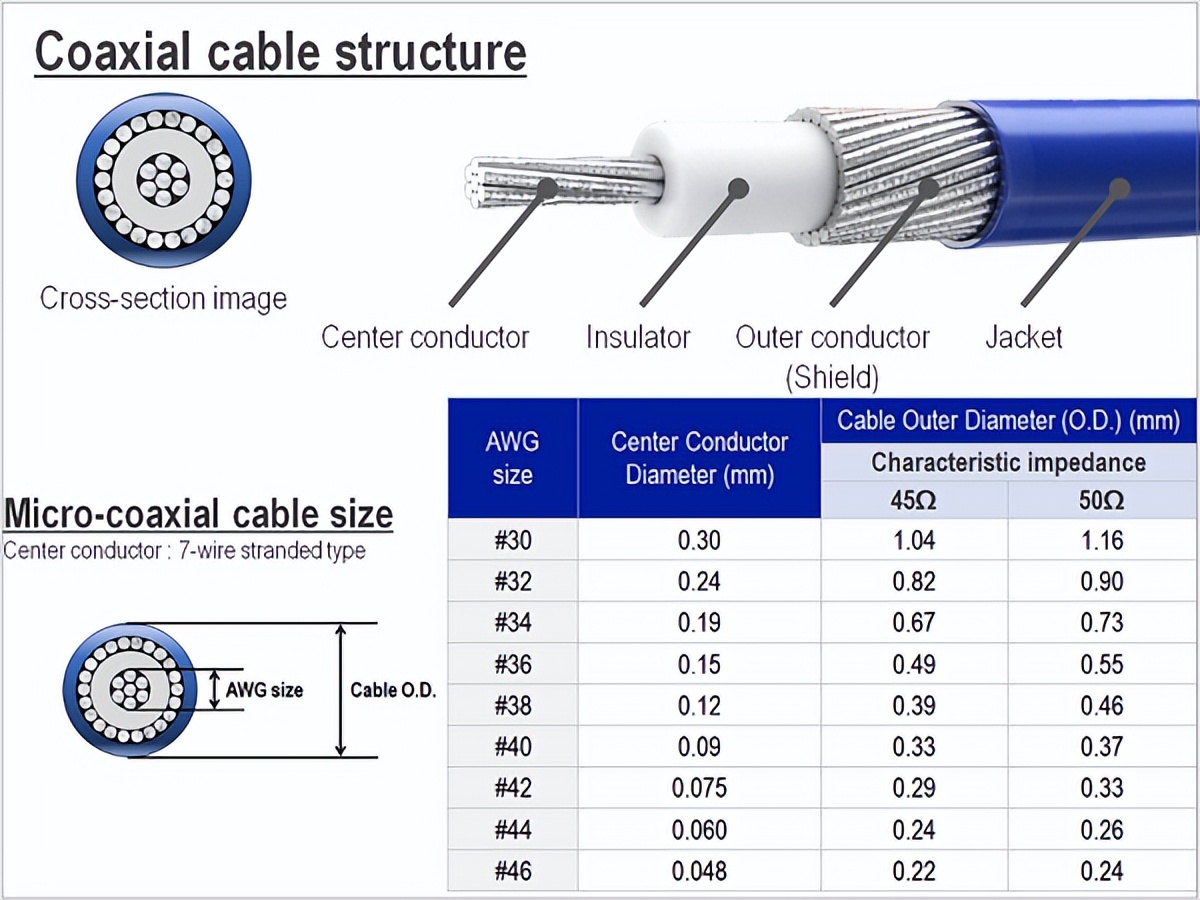Categorization:Harness Component
In modern electronic devices, high-speed signal transmission places stricter requirements on the performance of cables. As a key component applied in scenarios such as chip testing, camera module, and display connection, the ultra-fine coaxial cable (Micro Coaxial Cable) has gradually become the core solution for high-speed interconnection due to its small size, low loss, and good wiring capability. So, what factors influence its transmission speed limit?
How does cable structure determine high-speed capability
The extremely fine coaxial cable is composed of a central conductor, an insulating layer, a shielding layer, and an outer sheath. The finer the central conductor, the more limited the bandwidth it can carry. However, by choosing materials with low dielectric constant and optimizing the shielding structure, the loss can be significantly reduced, thereby enhancing the overall transmission capability. In some high-performance designs, even the fine wire diameters of 28AWG and 32AWG can achieve high-speed data transmission at several Gbps levels.
Impedance matching is the foundation for stable high-speed operation.
In high-speed links, impedance mismatch can cause signal reflection, increased jitter, and degradation of eye diagram quality, thereby limiting data rate. Extremely thin coaxial cables are typically designed with a characteristic impedance of 50Ω or 100Ω, maintaining consistency through strict material control and manufacturing processes to ensure the integrity and stability of high-speed signals.
How is the speed performance in practical applications?
In the MIPI interface adopted by camera module, the eDP interface used by the display module, and the high-speed test cable, ultra-thin coaxial cables have already been able to achieve data rates of up to 6Gbps and even higher. With the increasing requirements of devices for resolution, frame rate, and data volume, the continuous upgrading of insulation materials and shielding technology will further promote the continuous increase in the speed limit of ultra-thin coaxial cables.
The velocity limit of ultra-fine coaxial cables is not a fixed value but is determined by various factors including conductor size, dielectric material, impedance control, and processing accuracy. As material technology continues to progress, the potential of these cables in high-speed interconnect fields will continue to be released.
I am[Suzhou Huichengyuan Electronic Technology]Deeply engaged in the design and customization of high-speed transmission cables and ultra-fine coaxial cables, committed to providing reliable and stable high-speed interconnection solutions. If you have related needs or plan to consult on a project, please feel free to contact us.Manager Zhang 18913228573 (WeChat number same)We will provide you with professional support.